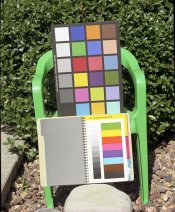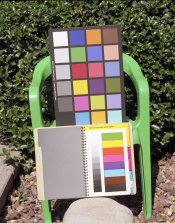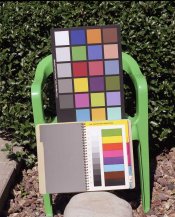I really don't worry about this with color film, as the latitude is generally more than enough for my purposes. I've considered toying with the idea of pushing and pulling, just to see first-hand what happens, but I'm funny that way. Once I did have a pro-shop push (or pull, I forget - it was a while ago) an half stop for an accidentally incorrectly exposed roll of film, but upon seeing the results, I don't think regular processing would have been bad.
Regarding PE's example, I have used consumer color film at different EIs (based on his postings), and just as he has demonstrated, I did not notice a significant difference. One stop over showed softer, almost pastel, colors, but those were minilab scans, and I'm sure I'll be able to make everything fine when I get to printing my own (or digitally). One stop under was barely noticeable, and gave me more shutter-speed freedom.
Do what people have suggested here... sacrifice a roll bracketing just to see how it will work out, I think you'll be surprized. Do the same with a push and see what happens. It's really the only way to tell if you will like the results; if they will work for you. Learning the "hard way" is actually the best way, just don't make it an important roll of photos.














